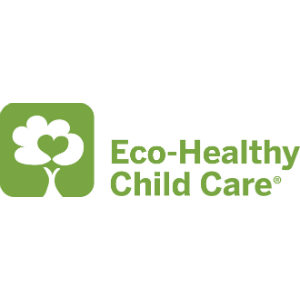As you head back to the classroom or set up your day care facilities for the new school year, it’s a good time to take stock of indoor air pollutants.
The good news is that outdoor air quality has improved with the adoption of state and federal clean-air protections. Unfortunately, indoor air pollution levels are often 2 to 5 times greater than outdoor levels due to chemicals emitted from building materials, indoor furnishings and personal-care products.
Poor air quality caused by emitted chemicals, as well as mold growth, decreases lung function and triggers allergic reactions. Children can develop asthma, bronchitis and emphysema, which lead to a cascade of effects that can hinder academic performance and learning. This is especially concerning because children are particularly vulnerable to air pollution since their lungs are still developing and they breathe more air per pound of body weight than adults.
In our work at Eco-Healthy Child Care® (EHCC), we have developed tips to help you reduce environmental hazards—like poor indoor air quality—in your home or early learning environment. It’s essential that early childhood learning environments are as healthy, safe and green as possible by reducing children’s exposure to toxic chemicals.
As the national director of the EHCC program, I have these recommendations for cleaning up indoor air:
- Ventilate. Increase ventilation naturally by opening screened windows and using fans.
- Prevent mold and mildew. Reduce excess moisture and humidity. Fix leaks and clean spills promptly. Use a fan that vents to the outdoors in the kitchen, laundry room and bathroom(s). For major water leaks, hire a professional company to ensure drying within 24-48 hours.
- Never smoke near or within eyesight of children. If you do smoke, wear an outer garment that you remove upon entering the building. Wash hands immediately.
Outdoor air pollution levels may be lower, but they’re still not off the hook when it comes to protecting children’s health. Vehicles such as cars, buses and trucks release harmful chemicals from the gasoline they consume—diesel exhaust is just one example of vehicle emissions, and it is a carcinogen! Child care facilities located within 500 feet of major roadways or close to heavy bus traffic may be exposed to excessive levels of hazardous vehicle exhaust. It’s essential that child care providers develop an anti-idling policy that can reduce exposure to outdoor pollutants and that parents abide by it—turning off their vehicles when in the parking lot. The policy can also cover keeping children indoors on days when the air quality is bad and during rush hour.
Learn more about clean air solutions for your home, school or early learning facility in our Air Quality Fact Sheet on Share My Lesson.
Author Bio:
Hester Paul is the director for Eco-Healthy Child Care® (EHCC), a national, science-based and award-winning program managed by the Children’s Environmental Health Network, which partners with child care professionals to eliminate or reduce environmental health hazards found in and around child care facilities. To find out more about the program, or to join the EHCC Friends email list, visit: http://cehn.org/join-us/subscribe/. You can also connect with EHCC on Facebook: www.facebook.com/ehcc













